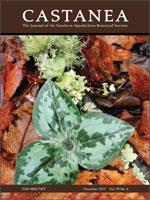Articles (1)
ECOLOGY (4)
SYSTEMATICS (1)
BOOK REVIEW (1)

No abstract available
No abstract available
No abstract available
